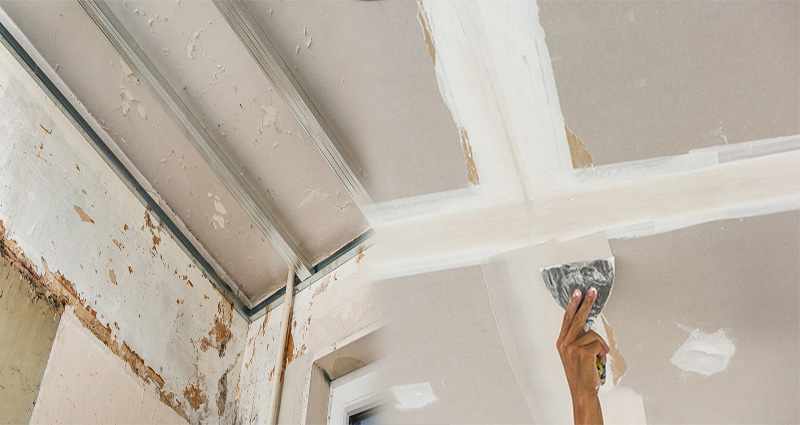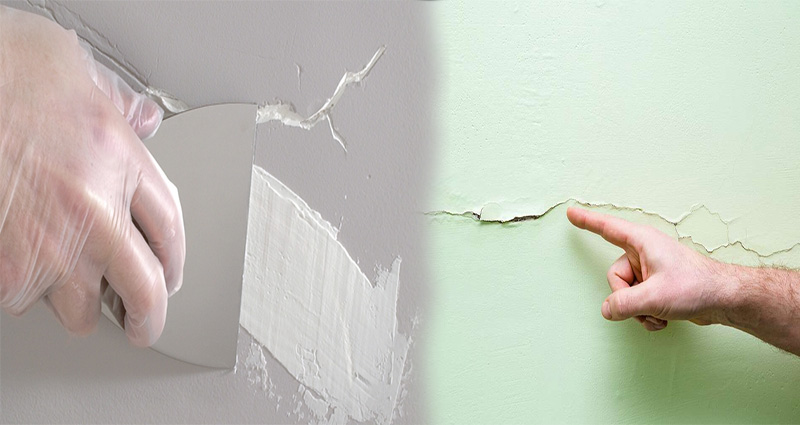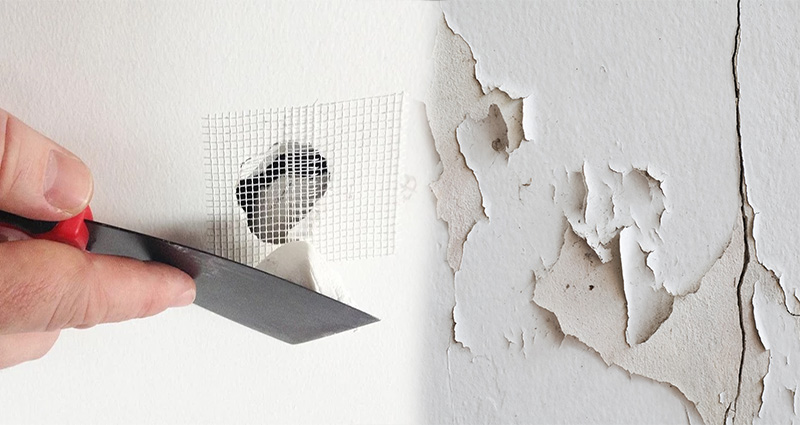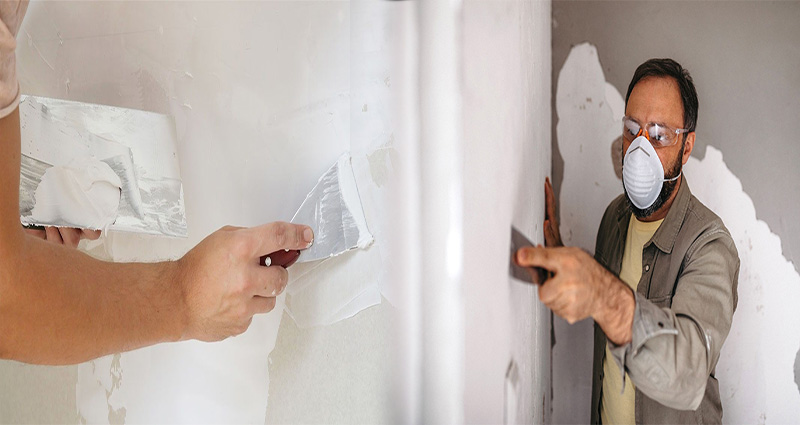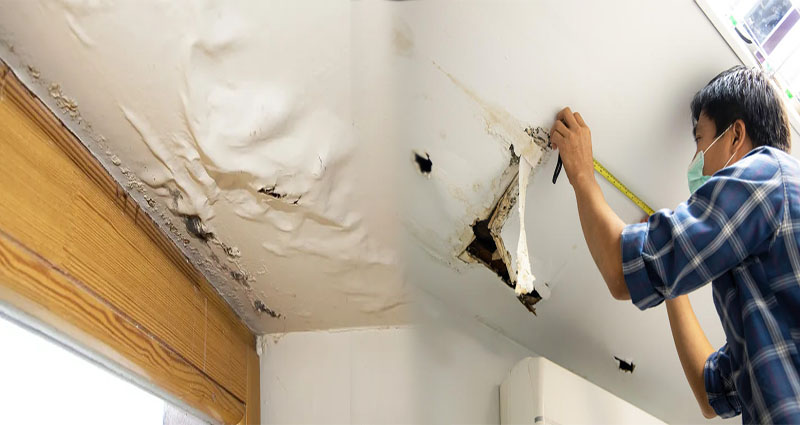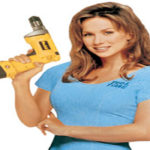Tips For Successful Drywall Seam Repair
Drywall seam repairs are fairly common and are usually very simple if you know what materials to work with. If you find yourself in need of drywall seam repair, you’re not alone—it happens all the time! Drywalls are located in many places throughout homes and buildings, including ceilings, walls and even floors. And while they might seem like they’re always perfectly smooth and solid, this is not always the case. In fact, drywall seams can often crack or become damaged over time due to normal wear-and-tear or even from damage caused by other building materials such as pipes or electrical wires that aren’t properly installed or maintained by contractors who don’t take proper precautions when working on projects within them.
If you find yourself in need of drywall seam repair, you’re not alone.
Drywall is a common building material that can be used for many different things. From walls to ceilings, drywall serves as a sound barrier and helps keep your home energy efficient. With proper care and maintenance, your drywall will last you years!
But what happens when something goes wrong? If you find yourself in need of drywall seam repair, you’re not alone: it happens more often than you might think! Fortunately for those who have experienced this problem before (or those who want to avoid it altogether), we’ve put together some tips on how best go about fixing them yourself with minimal hassle or cost.

